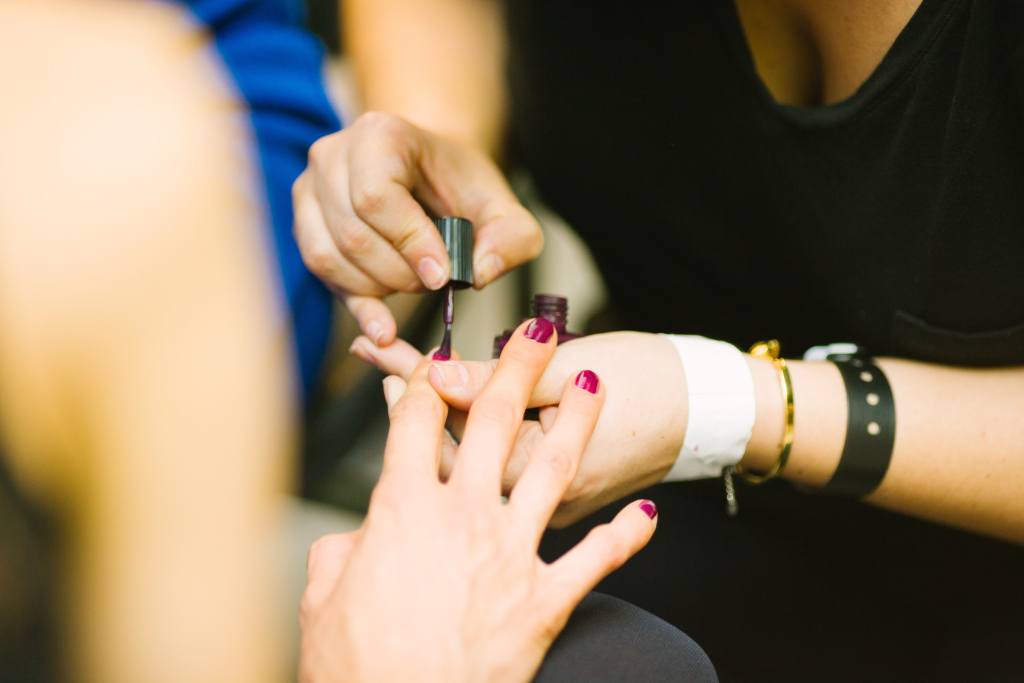
If you are like me, you may be used to choosing a beauty product based only on how flattering it looks on you. Or maybe picking one based on the one that smells the best – or even because a celebrity endorsed it.
After I came across Gillian Deacon’s book, There’s Lead in Your Lipstick: Toxins in Our Everyday Body Care and How to Avoid Them, I realized that now is the time to be more cautious of the products we bring into our homes. Now, every time I look at my lipstick-stained lips in the mirror, I wonder if I am feeding lead into my body, or if my purple-painted nails will cause me to develop cancer in 20 years. Nobody knows, but still, it is always good to be on the safer side. Doing a few minutes of research before buying, and a spending a few more minutes at the store to check the ingredients of a product may prove worthwhile.
According to Deacon’s book, the 20 toxic ingredients that are commonly found in beauty products are:
1. Coal Tar
Studies have indicated it to be a carcinogen. It is used in dry skin treatments, anti-lice, and anti-dandruff shampoos. Some products list it as a color with a number (i.e. D&C Green No. 6).
2. DEA/TEA/MEA
Another possible carcinogen. It is used as an emulsifier and foaming agents for shampoos, face and body washes, and makeup.
3. Ethoxylated surfactants and 1,4-dioxane
It is not listed on products because it is created through a combination with ethylene oxide, which is a known to cause breast cancer. 1,4-dioxane can be found in shampoos, hair relaxers, and body soaps and washes. Stay away from products that have ingredients containing the letters “eth,” i.e. polyethelene, cetearete, oleth.
4. Formaldehyde
Another possible carcinogen and skin irritant. It is found in nail products, hair dye, fake eyelash adhesives, and shampoos.
5. Fragrance/Parfum
It’s better to choose products that are scent-free. Fragrance, if listed on a product, is hiding other potentially harmful chemicals (often used to create that particular smell). Fragrance has been known to cause dizziness, headaches, and allergies.

6. Hydroquinone
It decreases the production of melanin on the skin which can make a person prone to skin cancer and other skin conditions. It is a carcinogen. You can find this ingredient in skin-lightening products.
7. Lead
A carcinogen and a hormone disruptor, it can be found on lipsticks and hair dyes, but it is never listed on products because it is considered to be a contaminant and not an ingredient.
8. Mercury
It is an allergen and affects brain development. It is used in mascaras, eyedrops, and some skin medications.
9. Mineral oil
It is the main ingredient in baby oil. It creates a plastic-like film on the skin that hinders the skin’s ability to detox.
10. Oxybenzone
It is found in most chemical sunscreens. It is a known allergen, and may cause hormone disruption, cellular damage, and low birth weight.
11. Parabens
It is found in shampoos, shaving creams, lubricants, and toothpaste. It increases the risk of breast cancer and reproductive toxicity.
12. Paraphenylenediamine (PPD)
It is found in hair dyes and other hair products. It is toxic to the skin and immune system and may cause allergies and dermatitis.
13. Phthalates
This is found hidden in fragrances, perfumes, deodorants, and lotions. Again, it is linked to cancer, endocrine disruption, and damage to the liver, kidney, or lung.
14. Placental extract
It is used in skin and hair products, and may cause endocrine disruption.
15. Polyethylene glycol (PEG)
It is used in cosmetic and beauty products. It may be contaminated with two known carcinogens: 1,4-dioxane and ethylene oxide.
16. Silicone-derived emollients
It is added to hair and skin products and is linked to tumor development and skin irritation.
17. Sodium lauryl (ether) sulfate (SLS, SLES)
It is used in soaps, shampoos, body washes, and toothpaste. It is a known irritant. A former industrial degreaser now very commonly used to create lather. It’s absorbed into the body and can irritate the skin.
18. Talc
It is used in baby powder, deodorant, and makeup. It has been known to cause ovarian cancer and respiratory problems.
19. Toluene
It is used in nail products and hair dyes. It is known to cause endocrine and immune system problems.
20. Triclosan
It is found in antibacterial products and is linked to cancer and endocrine disruption.
Remember that the more we know, the more we can do to prevent unwittingly harming ourselves. And now that we are aware of what may be hiding in our everyday beauty products, it’s up to us to read the labels and protect ourselves.
The post 20 Toxic Ingredients That Are Commonly Found In Beauty Products appeared first on Lifehack.

from Lifehack http://ift.tt/2cyTtwd